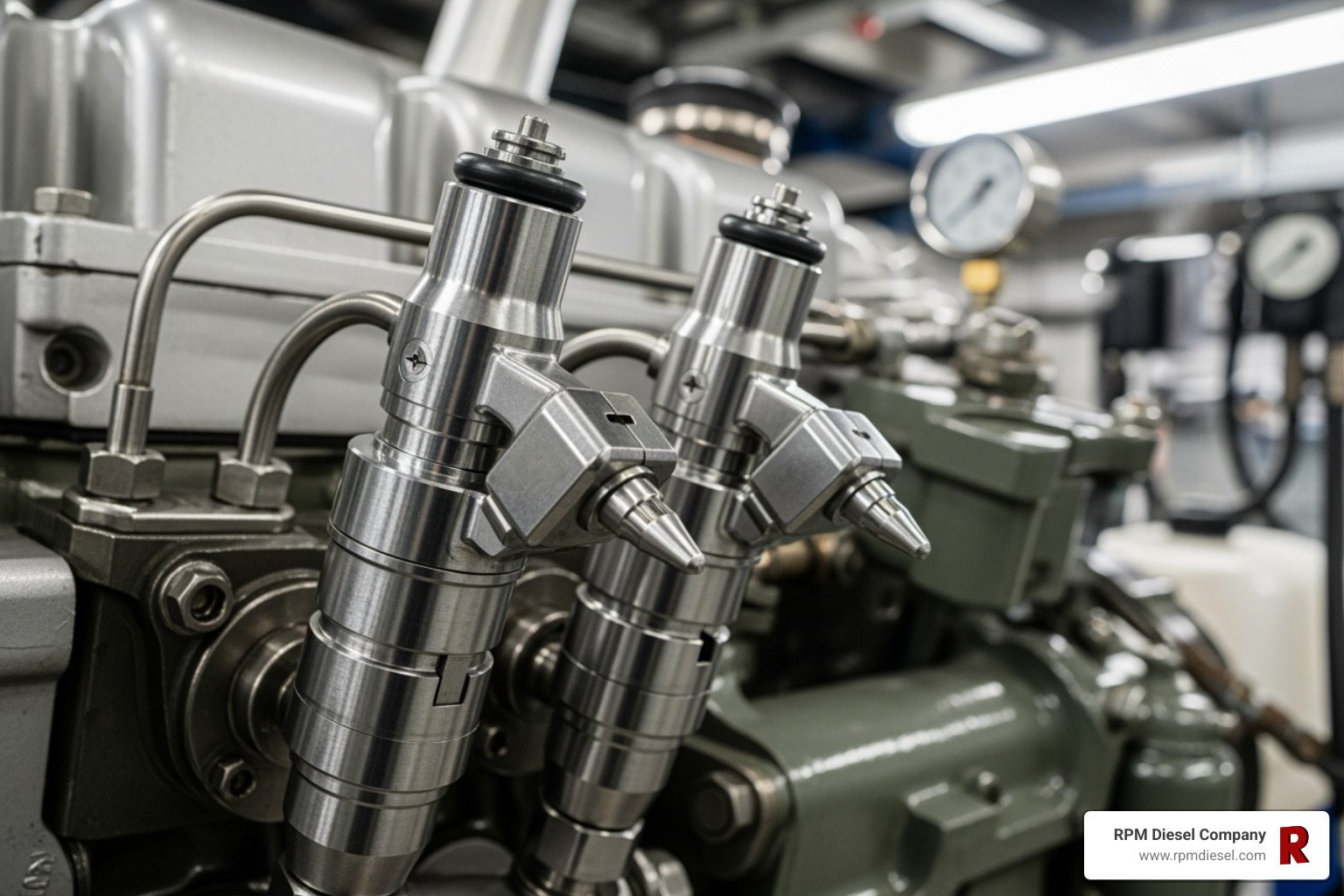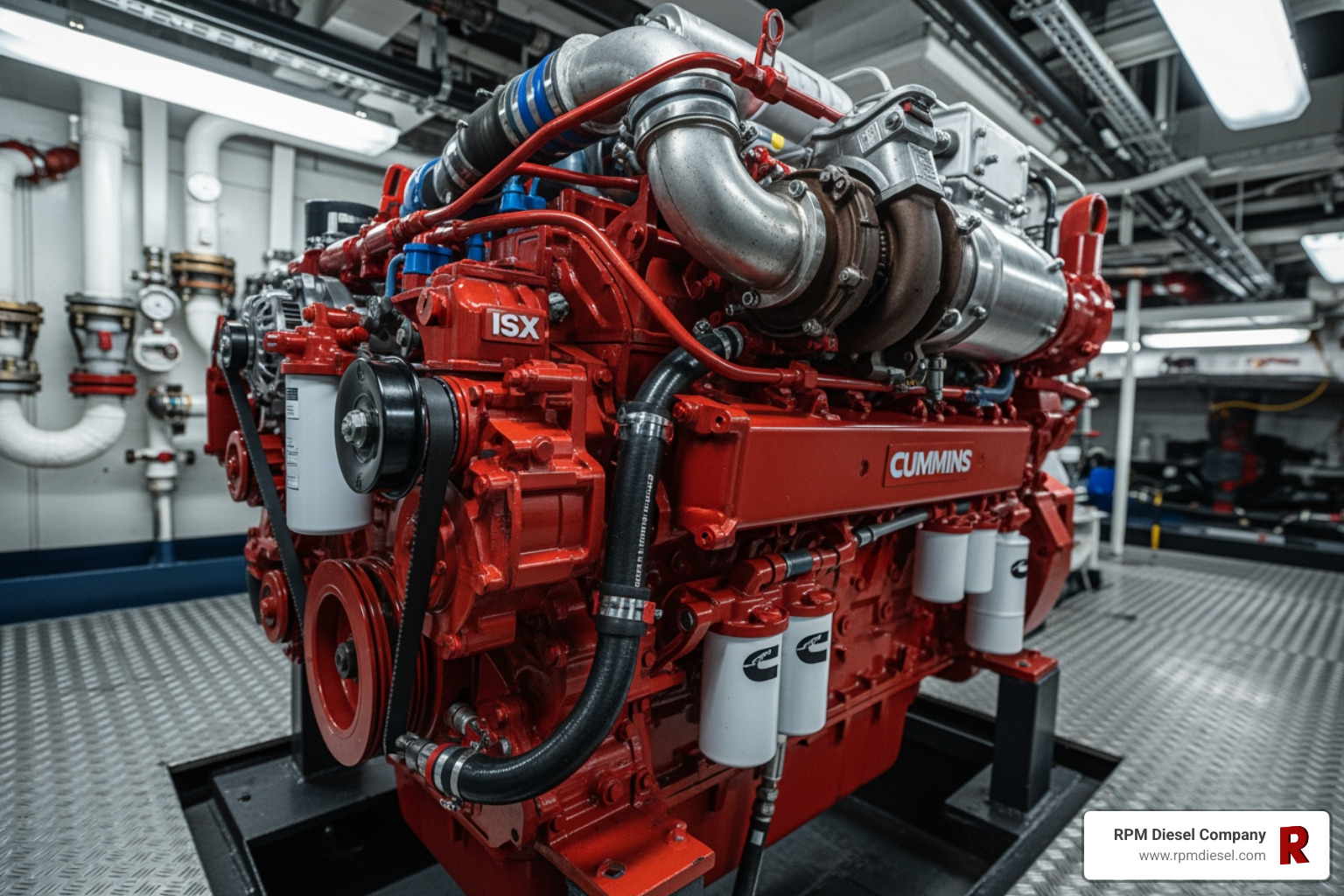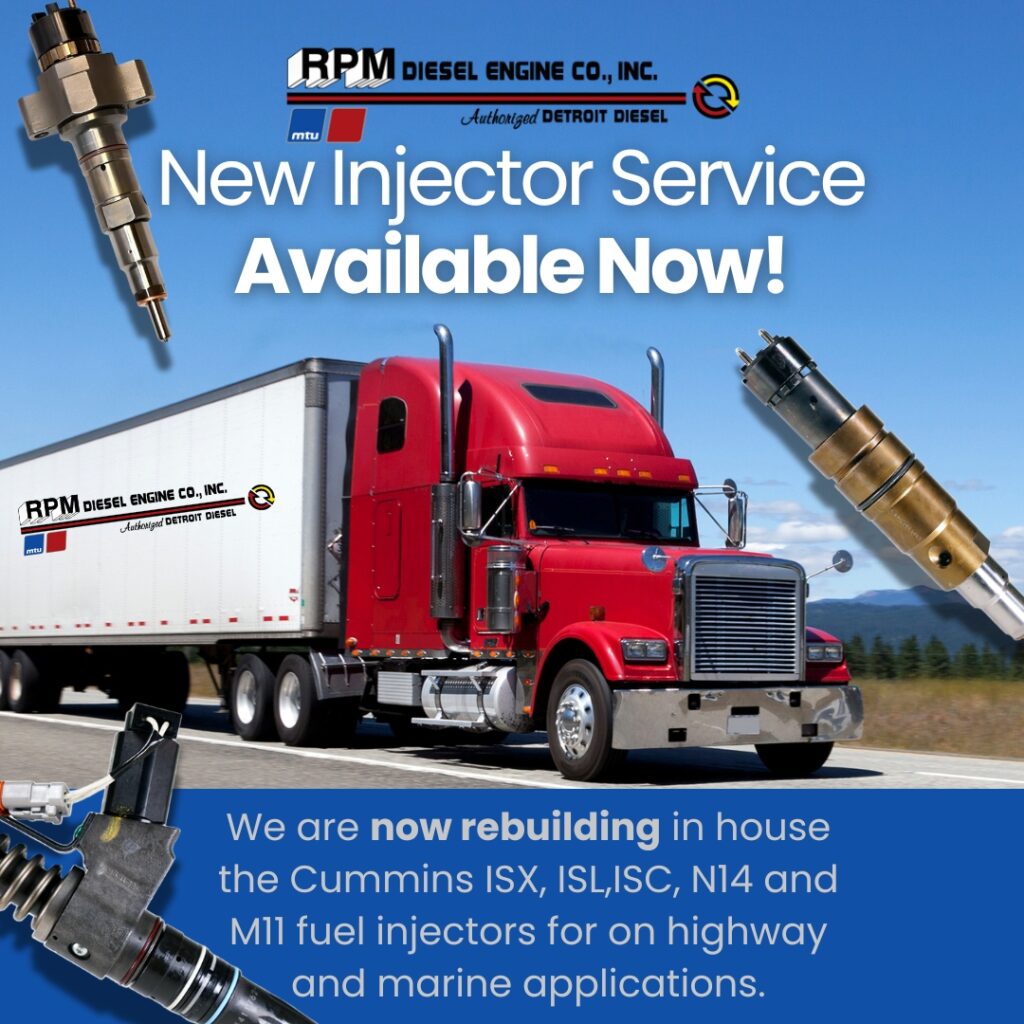As the 21st century moves along at a lightning pace, we find ourselves in a constant state of motion. Whether by ground, sea, or air, the methods that we use to get from place to place, or just enjoy the freedom of being behind the wheel are constantly evolving. Long gone are the days of wanton vehicular waste – where once the miles of freeway constantly clouded by a blackened haze of filthy emissions were the everyday routine, most now feel need for a fuel solution that is both more reliable and environmentally responsible than the noisy, cloud-spewing options of the past. Even diesel engines, once considered the worst of these lumbering excesses, has come quite a long way. As diesel powered engines have evolved to become more and more popular among road and marine enthusiasts alike, many still wonder about the actual benefits of using such technology for their own vehicular needs. With fluctuating fuel prices and environmental concerns never far from the public consciousness, the need for a fuel system that is cost-effective and efficient becomes all the more clear. It is true that all diesel engines offer lower emissions and more fuel efficiency, but choosing the right fuel injection system for your vehicle or vessel can be just as important as the type of engine in question. But with so many options to choose from, it is now harder than ever to choose what type of fuel system is right for you. For many across the vehicular industry, the gold standard for all diesel engines is the common rail fuel system.
While gasoline engines can still make use of options like the carburetor to harness fuel and air for combustion, the process of fuel injection is a necessary component of any diesel engine. As opposed to the suction-based action of the carburetor, fuel injection uses electronically and mechanically controlled pressure systems to store the fuel and atomize it before spraying it into the engine’s cylinders. As the name might suggest, the common rail fuel system is the most commonly used of these injection systems today. However, the true defining characteristic of the common fuel injection system is that all of the engine’s cylinders are supplied their diesel fuel by one common fuel rail, serving as a pressure accumulator, that can store the fuel at pressures up to and sometimes beyond 29,000 psi. As the pressure accumulating common rail acts independently from the revs of the engine, these systems are both electronically and mechanically controlled and greatly simplify the process of combustion within the engine by maintaining a desired pressure from the start to finish of a given injection event. Since the pressurized fuel is stored within the rail separately from the rest of the engine, the duration and quantity of each injection are maintained independently of the engine speed. This separation optimizes the use of fuel by insuring that the rate and pressure of each injection will be uniform from injection event to injection event.
With a constantly fluctuating economy and fuel prices that can skyrocket through the roof at a moment’s notice, taking full advantage of your vehicle’s fuel economy is more important than ever. By conveniently using only what pressurized fuel is actually needed for each injection event, the common fuel injection system has been shown to greatly increase the fuel economy of cars, trucks, and boats. This highly regulated system also prohibits many nitrogen oxides and other harmful particulates from escaping into the atmosphere, as is common in fuel systems that do not operate independently of the engine. Not only does this form of diesel combustion greatly improve fuel efficiency and reduce harmful emissions, but it has a myriad of other benefits as well, whether on the open road or on the open water. For many boaters and drivers alike, vehicles outfitted with this common rail injection technology have been seen to deliver significantly more torque and power to the engine for an overall improved vehicular performance. For many, the intense noise and violent vibration of many standard diesel fuel systems can be quite a bother to those both inside and outside of the vehicle in question. With a common rail injection system installed, these factors are significantly reduced beyond those seen with traditional injection systems, making your next truck or boat outing a more pleasant experience for you and those around you.






